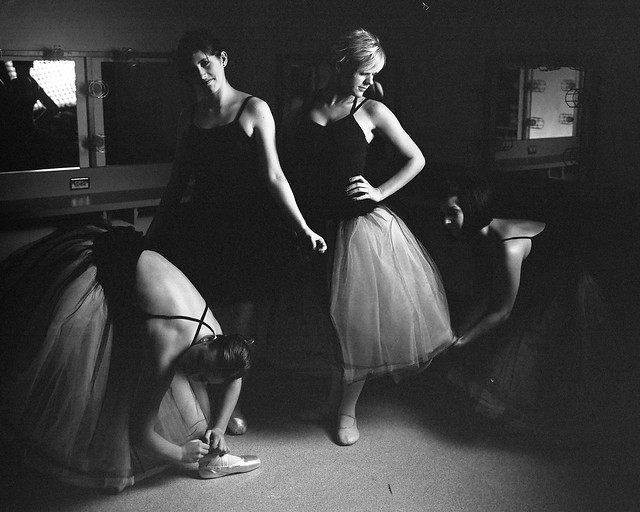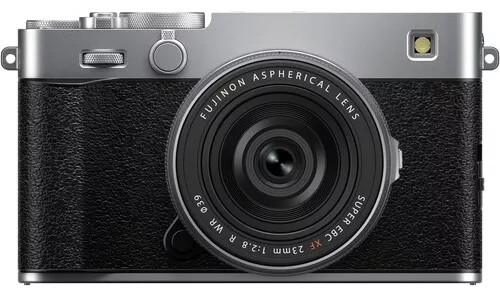Over 200,000 photos are uploaded every minute on Facebook alone. That's over 9 billion new photos a month. With those kinds of numbers, a photo has to be really interesting for it to really stand out and grab people's attention. The National Press Photographers Association (NPPA) wanted to know what exactly it is that makes a photo interesting. They wondered: Are people more naturally drawn to images taken by professionals rather than those snapped by amateurs? Was it the quality of the images that drew people in? What about subject matter, do people find images of people more interesting than landscapes?

To get to the bottom of all their great big questions, the NPPA conducted a study, which utilized an eye tracking device to record the movements of the study participants to help the research team see “what people were drawn to in a photograph, how long they looked, if they read captions, and more.”
Not unexpectedly, the results from the study overwhelmingly weighed in the favor of the professional photographer. Though the study was conducted with an emphasis on photojournalism, in many cases the findings can be applied to other genres as well. Here are a few key takeaways from the study, that can use to improve the overall “likability” of your own images.
What Participants Found The Most Interesting About Photos
- The first thing people look at in a photo are people's faces and their expressions. People also spent a lot of time looking back and forth between different faces in an image to help “read” their interactions. From this information one can draw the conclusion that people's attention is attracted quite easily by other people. If you are able to capture photos in which two or more individuals are having an interaction with one another, the greater chance you will have at getting people to look at your photo. If you capture portraits in which the subjects are making unusual or striking facial expressions, viewers will examine the photos with even greater attention to detail.

- If a photo grants the viewer “special access” to an event they were not able to see in person, they are generally more captivated by it. In other words, take your viewers to a place they could not go to on their own. When looking at photos, people are drawn to what is unknown to them. Even when photographing well known landmarks or monuments, try gaining special access to areas that will allow you to photograph them from angles and perspectives that the average tourist would not be able to capture.

- Nearly every participant polled by the NPPA mentioned the photo needed to tell a story in order to really draw them in and inspire them to know more about what is going on within the frame. This is part of the reason documentary photos received more attention than posed photos. While there's a lot to be said for a great portrait, the ability to capture a story as it is happening is what viewers find most interesting about an image.

On last thing worthy of mentioning is not the photo itself, but the caption that is displayed with the image. It was found that longer, more informational captions attract the most attention as the participants would go back and forth between the photo and the caption to help them establish context. Keeping that in mind when you're posting images on your favorite websites and social media accounts could actually help attract more detailed attention to your images, get them shared by more users, and seen by more eyes.





3 Comments
Great article with plenty of actionable suggestions. I especially like the fact that it is based on objective research.
There was a study done(sorry, not attributed here), that boiled down human attention to three things:
1. When the subject has, it appears to have eyes. Two round shapes near each other.
2. When there is deep recession, as receding lines; depth.
3. Mystery. When a subject is not immediately understood.
These all appear to be related to human survival/predation/fight or flight.
With the exception of dramatic street photography and gritty portraits, I have found that people seem to like “beauty” rather than “ugly”…………….technical perfection seems to definitely come secondary to what “appeals”…….